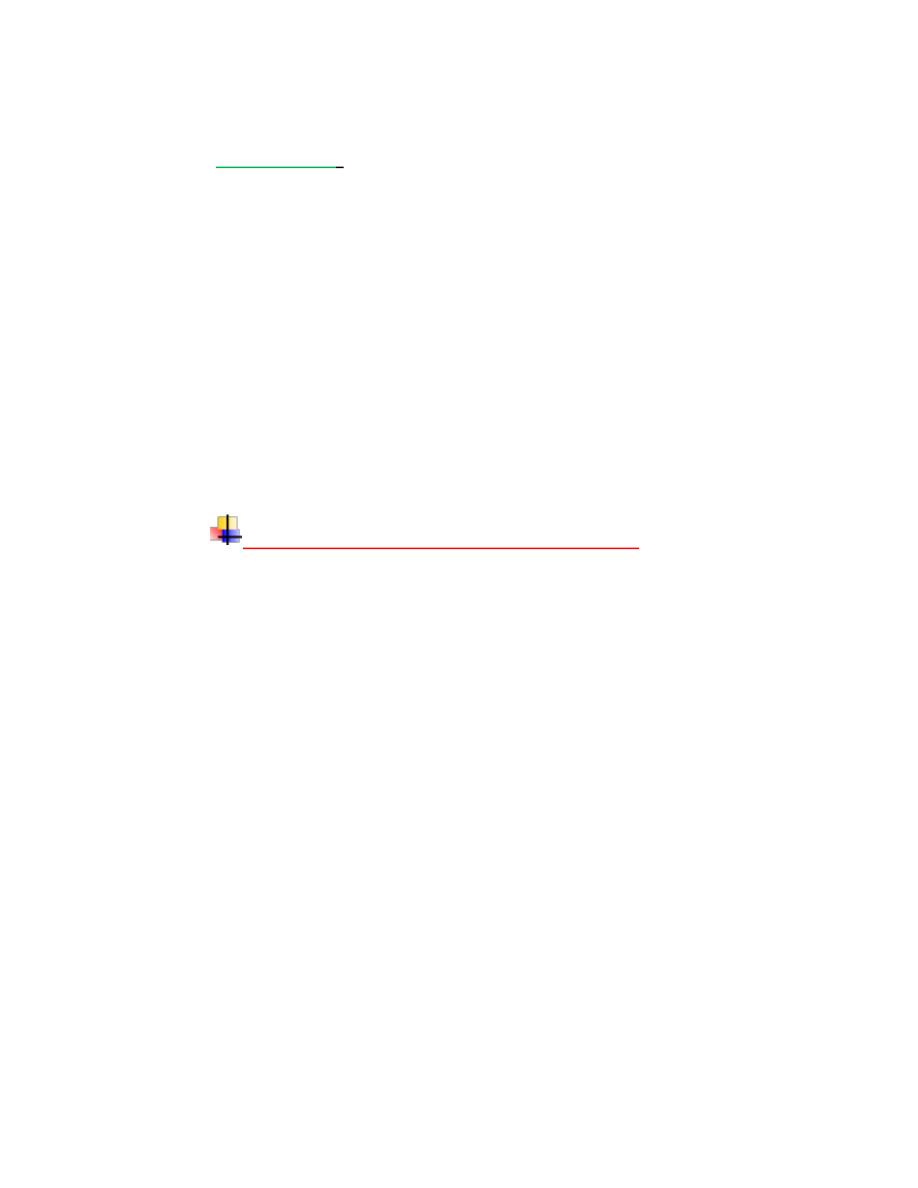
Equilibrium
(balance)
It is the function of the vestibular system , the detailed
anatomy & physiology of this system is complex but can
be divided to sensory part which consist of vestibular
labyrinth, eyes and the somatosensory receptors in the
muscles , joints and skin .those connected to brainstem ,
cerebellum & cerebrum .
Labyrinthine function (respond to horizontal
acceleration by utricle , angular acceleration by
semicircular ducts & to linear acceleration by saccule.
Functional examination of the labyrinth
Can be assessed by stimulating it artificially to produce
nystagmus
1. Caloric test
If water at 30 * or 44* (i.e 7* above & below normal
body temperature )is run into the ear under certain
standerd condition nystagmus is produce in the normal
person , the changes in this mormal graph indicate
pathology.
2. Fistula test
The fistula in bony defect in the wall of horizontal
semicircular canal may result from cholesteatoma or
tumour in the temporal bone so the compression if
air in the external auditory meatus lead to vertigo &

nystagmus as soon as the vestibular system still
functioning.
Diseases of the external ear:
Ø
Congenital malformations of auricle & ext. aud. Meatus may be
associated with the middle ear & inner ear .
1. Complete or partial absence of auricle =due to failure of
development of the six auricular tubercles . treated by plastic
surgery after good evaluation of middle ear and inner ear
functions.
2. Pre-auricular sinus &\or cyst =due to incomplete fusion of the
tubercles.
3. Accessory auricles.
4. Bat ear (protruding ear)cartilage scoring technique by
(stensform).
5. Atresia of ext. aud. Canal.
Injuries of external ear
1. Lacerations= all degrees including complete avulsion of
auricle.
Treatment is repairing the laceration , the suturing should
not pass via cartilage.
2.Heamatoma auris = mostly due to blows lead to
subperichondrial collection of blood especially on ext. aspect of
auricle ,failure in treatment lead to thickening (cauliflower ear)

R = aspiration of small one and incision of large one , then
prevent recollection by p.o.p .
3. Foreign body =hard or soft objects , live insects may enter the
ext. ear cause irritation and noise,
deafness , pain ,and s.t cough.
R = smooth round f.b =removed by a hook ,if cannot
removed by syringeing(not use forceps ), general anesthesia
is essential in children and sensitive adults, operating
microscope always used.
Otitis externa
def. as an acute or chronic reaction of whole or apart of the
skin of the external ear arising from local or general causes ,
or from a combination of both.
Aetiology
1.local cause due to bacterial or fungal inf.
2.general cause allergic and systemic infection by bacteria or
viruses.
Clinical types=
1.furincle of ext.canal
2.diffuse infective otitis externa.
3.otomycosis .
4.eczematus otitis externa

5.seborrheaic dermatitis .
6.granular myringitis .
7.myringitis bullosa haemorrhagica.
8.herpitic lesions of external ear.9.otitis externa maligna.
Furuncle of external ear
Pathology: staph. Infections of hair follicles in the cartilaginous
portion of the meatus , usually single, recurrent common ,
spontaneous evacuation occurs in few days, when there is
recurrence DM suspected.
c.p-irritation, pain aggravated by movement of auricle , trismus ,
deafness, lymphadenopathy,most be differentiated from
mastoiditis by :
case of mastoiditis there is :
1.previous h\o otitis media.
2.deafness.
3.pain & tenderness over mastoid.
4.post auricular groove present.
5.abnormal drum.
6.ratio graphic changes in the mastoid bone .
Treatment:
• Antibiotics usually flucloxacilline.
• 10% icthammol in glycerine as wick.

• Drainage seldom required when the infection extended to
other area .
• Aural toilet.
Otomycosis= otitis externa due to fungal infection , it is becoming
more common with widespread use of topical antibiotic many
varieties of fungi are found,but aspergllus niger and candida
albicans are commonest in temperate & climate.
Clinical picture :
1.discharging ear in which the canal is lined by a mass like wet
news paper and has a peculiar musty odour.
2.in active dry from present with irritation of ear with crustation.
3.pain is unusual in the absence of secondary bacterial infection .
R =1.aural toilet by suction or forceps.
2.prevent water contamination.
3.antifungal as nystatin cream.
Seborrhoeic otitis external
A greasy , scaling and crusting condition of the skin of the external
ear ,due to abnormal quality and\ or quantity of the sebum and
wax.
Clinical picture:

Itching is usually present , pain due to secondary bacterial
infection. Yellow scales line the canal,
R =aural toilet,ointment of salicylic acid & sulphur 2% in aqueous.
Myringitis bullosa haemorrhagica
Unknown etiology usually seen with influenza.
Clinical picture:
1.very sever pain with haemorrhagic bulla extended from drum to
adjacent canal wall.
2.deafness due to obstruction by bulla or associated with otitis
media.
R =analgesia ,prophylactic AB, treatment of otitis media.
Herpetic lesion of external ear =
2 types:
I. Herpes simplex= may occur in the external ear and in severe
cases may require R with acyclovir.
II. Herpes zoster oticus=vesication occur but disappear early and
may be not seen later the epithelium of the collapse vesicles
appear as white plaques on the tympanic membrane , skin of
meatus and auricle according to nerves involve in the
infection .

Cranial ns as vii and viii may be affected present as ramsay
hunt syndrome 1. s.n .hearing loss
2. Vertigo
3. facial palsies .
The most prominent feature of herpes zoster is severe pain
which present for several days before the rash appear
R =oral & topical acyclovir with analgesia in early stage
In case of cranial nerve affection need admission and iv
acyclovir.
Otitis externa maligna
(one of fatal infection)
Def. pseudomonas and sometimes staph. Infection occur in
elderly diabetic patients and immune compromised patient.
Patho.= the original infection started in the skin of the ext.
meatus spread at junction of its bony & cartilaginous portion to
adjacent bone , causing osteitis and \or osteomyelitis than
attack most of cranial ns.
c.p: 1.pain in the ear which is sever and resistant to analgesia.
2.seropurulant discharge.
3.granulation tissue seen in the floor of meatus.
4.cranial n. paralysis vii, viii, ix,x,xi,xii
Rarely a gradenigo syndrome due to vth and vIth cranial n
palsy.
R = must be combined both medical and surgical
1. medical =control of DM
cefotaxime 2 g\6hr.
garamycine with frequent serum level
measurement .

topical gentamycin
2.surgical =
1
removal of g.t
2
radical mastoid(st)
